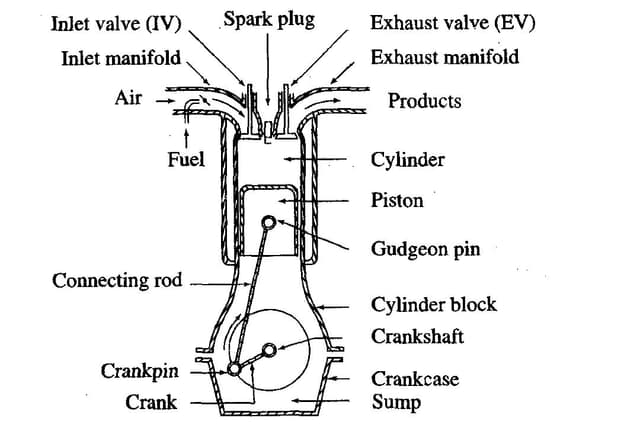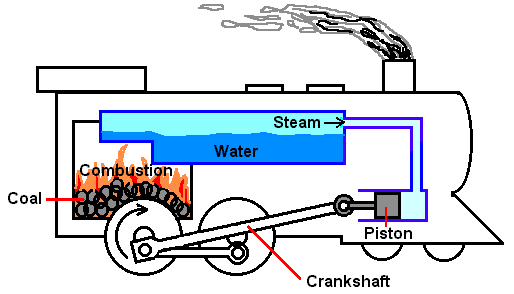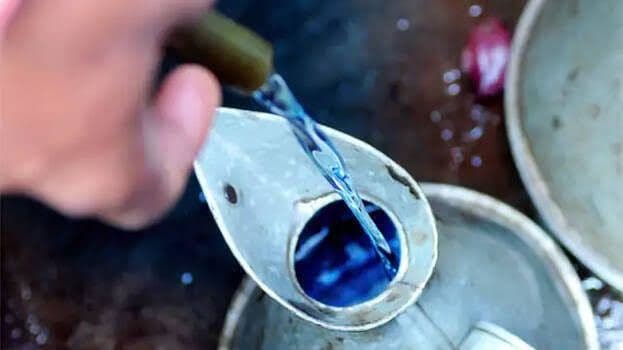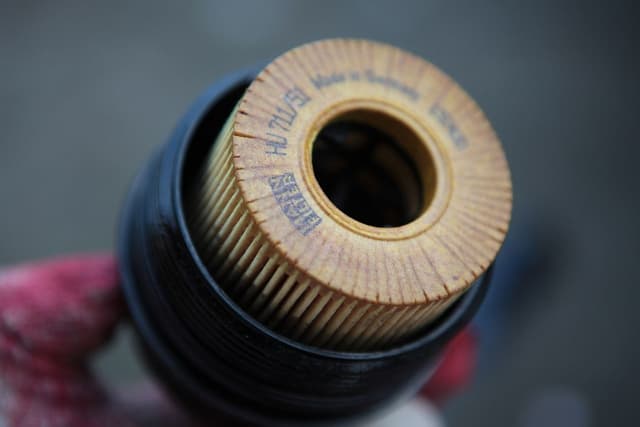Oils
Oils

Bablu Yadav
Posted in Automobile Engineering
.
For components that are lubricated with oil, the quality, viscosity and service interval are very important. The type of oil to be used for a specific component is determined by the oil quantity and viscosity. This information is found on the container and/or in the oil's product information sheet.
When specific part numbers are recommended, the product always has the suitable quality and viscosity required for that purpose.
Mineral oil and synthetic oil
Synthetic oil is being used increasingly for the lubrication of vehicles. The raw material for these oils is the same as for mineral-based oil, ie, crude oil, but the manufacturing process is different. Mineral oil is obtained by distillation and refinement of crude oil, while synthetic base oil is created by controlled polymerisation of fractions from crude oil distillation, As a rule, synthetic oil has better temperature stability and cold temperature properties but its friction properties sometimes result in synchronisation faults. Synthetic oil can also have a negative effect on sealing materials. A synthetic oil is not necessarily better than a mineral oil. This is however a common misunderstanding and extended oil replacement intervals are therefore assumed. The service intervals recommended by Volvo apply irrespective of whether the oil is mineral-based or synthetic.
Quality
There are many different ways of defining an oil's quality, especially engine oils, but also transmission oils.
The most commonly used quality systems come from international organizations such as ACEA and API, but there also manufacturer-designated oil qualities, such as Volvo's own Volvo Drain Specification (VDS) and 97305. More quality definitions are described in detail below.
Viscosity
Viscosity is a very important characteristic of oil. Viscosity is a measure of its fluidity, which among other things, affects the thickness of the oil film and the fuel consumption of the vehicle. The ambient temperature in the area where the truck is used, determines which viscosity is recommended.
The SAE (Society of Automotive Engineers) viscosity grade classifications are divided into two systems:
- Engine oil classifications
- Transmission oil classifications
It is therefore always important to know within which system the viscosity grade is specified. As an example, an engine oil with viscosity grade SAE 40 has roughly the same viscosity as a transmission fluid with a viscosity grade SAE 90. In both systems, a higher figure means higher viscosity
There are viscosity diagrams available for various components, which show which viscosity Volvo recommends for each component respectively, see example below:
Viscosity diagram, Engine.
- Only VDS-4/VDS-4.5/above +30°C. Non VDS-4/VDS- 4.5 approved oils can be used up to +30°C.
Viscosity for manual gearbox.
- Note that multigrade oils ARE NOT to be used in manual gearboxes. Use only monograde oil SAE 40 or SAE 50.




